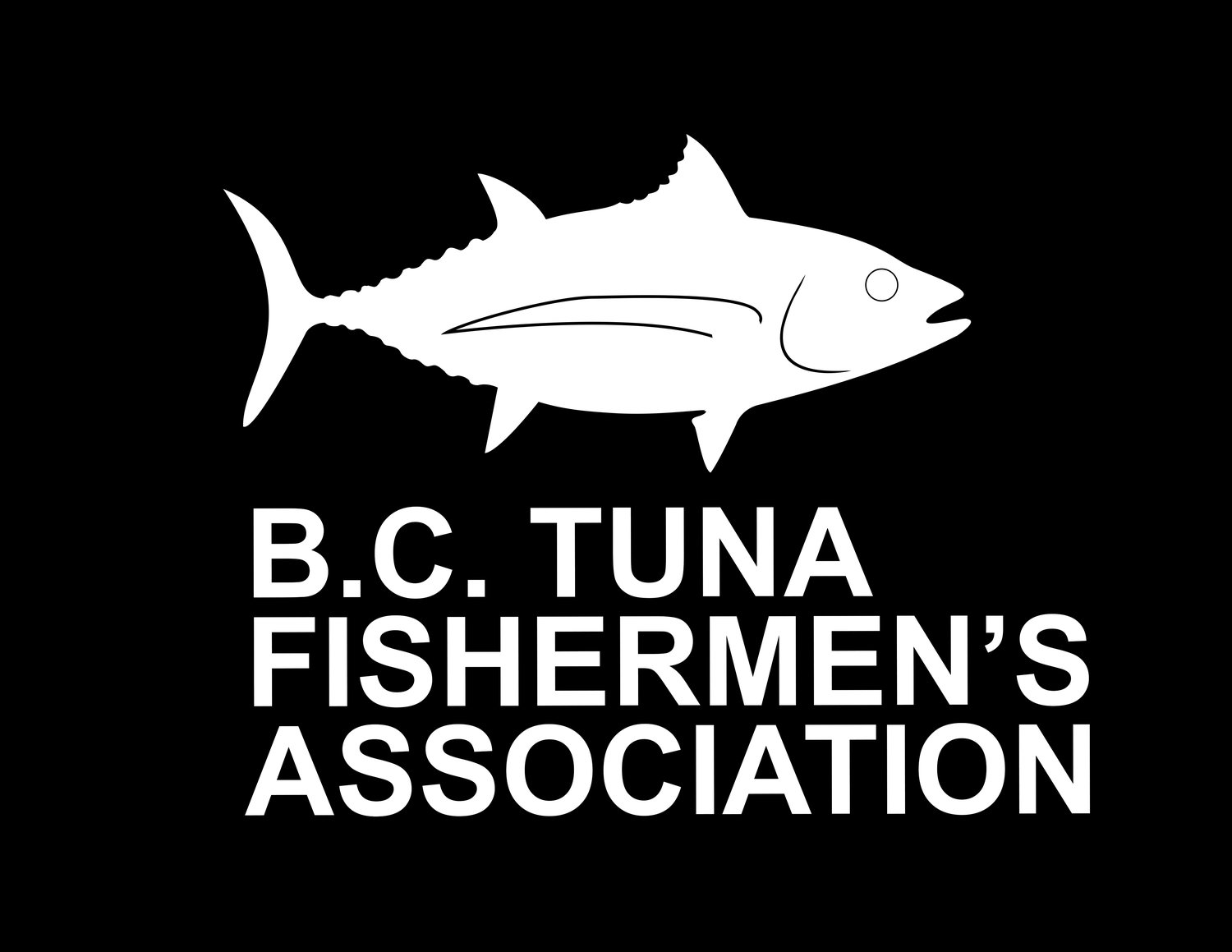he UN has released the first draft of its new legally binding instrument for the conservation of marine life in international waters, following a series of discussions that began in September last year.
The Biodiversity Beyond National Jurisdiction (BBNJ) agreement aspires to lay down an official set of regulations governing how UN member states make use of the high seas, with the final version of the new regulations officially slated for release in 2020.
The second set of negotiations took place in April, with the third round due to run from Aug. 19-30, 2019. However, given the "significant challenges" involved in addressing the topics which form the BBNJ, the World Ocean Council (WOC) has said that more discussions than were initially planned could be required.
According to the WOC, those sectors which stand to be affected by the final agreement include fisheries, shipping, geophysical surveys, deep sea mining, and marine genetic resource firms.
As evidenced by the draft document, the final agreement could have widespread ramifications for any industry which conducts some or all of its business in the high seas (listed below):
New, stricter requirements and controls by states over the activities conducted by
companies under their control or jurisdictionExpanded or new national, regional and/or international authorities for BBNJ
New mechanisms of declaration, authorization, and reporting of activities to authorities
Requirements for environmental impact assessments (EIAs) prior to operations or activities
Requirements for 'Strategic EIAs' for a broader suite of regular activities over a wider area
Requirements for the monitoring and reporting of activities and impacts (or lack thereof)
Assessment of cumulative impacts (e.g. marine sound, climate change, acidification)
Strengthening of surveillance and security mechanisms to protect activities and resources
Significant ocean areas identified as requiring special consideration for industry operations
Limitation of geographical scope of activities through area-based management that establishes new area limits to activities, including on the seabed (e.g. seamounts)
New conflicting or competing activities with the expansion of marine genetic resource exploration and exploitation (e.g. around hydrothermal vents)
Requirements for private sector input throughout the BBNJ agreement implementation, e.g. through public consultation, especially as more specific rules and regulations are developed
The WOC, which acts as a representative for the ocean business community within the BBNJ discussions, has said there is still time for ocean industries to engage and have a voice in the negotiations.
To read the full article follow the link below:
https://www.undercurrentnews.com/2019/06/28/un-releases-first-draft-of-critical-high-seas-treaty/
